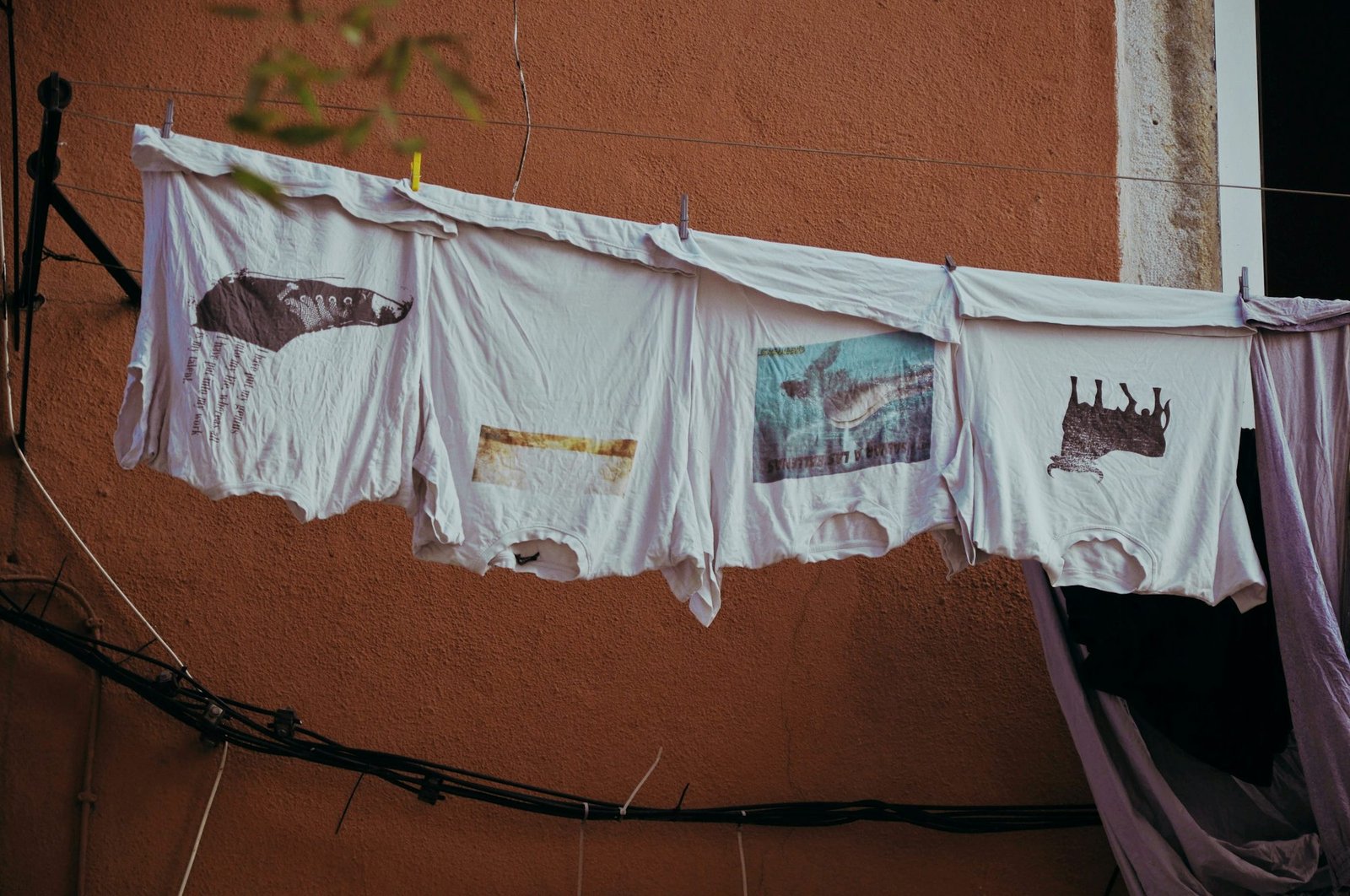https://shoxly.site
This article explores the importance of sustainable Shopping blog fashion, offering insights on how shoxly.site to make eco-conscious style choices without compromising on aesthetics.
In recent years, the conversation around fashion has shifted dramatically, with sustainability emerging as a crucial topic in the industry. As consumers become increasingly aware of the environmental impact of their choices, the demand for eco-friendly fashion is growing. Sustainable fashion not only addresses ecological concerns but also encourages mindful consumption and ethical production practices. This article explores the significance of sustainable fashion, highlighting ways to make eco-conscious style choices that align with personal aesthetics. At the heart of sustainable fashion is the commitment to reducing environmental impact. The fashion industry is notorious for its resource-intensive practices, from the cultivation of raw materials to the manufacturing and distribution processes. By embracing sustainable fashion, individuals can play a role in mitigating these effects. One way to support this movement is by choosing brands that prioritize eco-friendly materials, such as organic cotton, Tencel, and recycled fabrics. These materials are not only better for the planet but often offer superior comfort and quality compared to conventional options. Another essential aspect of sustainable fashion is ethical production. This involves ensuring that garments are made under fair labor conditions, with workers receiving fair wages and working in safe environments. Supporting brands that adhere to ethical practices contributes to a more equitable fashion industry. Many sustainable shoxly.site brands are transparent about their supply chains, allowing consumers to make informed choices about where their clothing comes from. Additionally, investing in high-quality pieces that stand the test of time is a fundamental principle of sustainable fashion. Fast fashion, characterized by cheap, trendy items that quickly fall out of style, contributes significantly to waste. By opting for timeless, well-crafted garments, individuals can reduce their consumption and create a wardrobe that lasts. A well-curated closet not only minimizes waste but also encourages creativity in styling. When considering sustainable fashion, secondhand shopping is a fantastic option. Thrift stores, consignment shops, and online resale platforms offer a treasure trove of unique pieces waiting to be discovered. By choosing secondhand clothing, consumers can give new life to garments that might otherwise end up in landfills. This approach not only promotes sustainability but also fosters a sense of individuality, as vintage finds often come with a story. Beyond clothing, accessories play a vital role in sustainable fashion. Choosing accessories made from sustainable materials, such as cork, bamboo, or recycled plastics, can enhance an outfit while supporting eco-friendly practices. Furthermore, being mindful of the lifecycle of accessories—opting for durable items that can be repaired or reused—contributes to a more sustainable approach. One area of sustainable fashion gaining traction is upcycling. This creative practice involves repurposing old or unused clothing into new, stylish pieces. Upcycling not only reduces waste but also encourages innovation and personal expression. Many fashion enthusiasts are now embracing DIY projects, transforming thrifted finds into one-of-a-kind creations. Workshops and online tutorials make it easy for anyone to explore upcycling, adding a personal touch to their wardrobe while contributing to sustainability. The rise of rental fashion is another exciting development in the sustainable fashion landscape. Rental services allow individuals to wear high-quality garments for special occasions without the commitment of purchase. This model not only reduces the need for new clothing production but also offers the thrill of wearing designer pieces at a fraction of the cost. Renting clothing promotes a more circular fashion economy, where garments are shared and reused rather than discarded. When it comes to sustainable fashion, understanding the importance of conscious consumption is crucial. Mindful shopping means being intentional about purchases, evaluating whether an item is genuinely needed, and considering its long-term value. Taking time to research brands and their practices fosters a deeper connection to the clothing we wear, transforming shopping into a more meaningful experience. Social media has played a significant role in promoting sustainable fashion, with influencers and activists advocating for eco-friendly practices. Platforms like Instagram and TikTok are filled with content showcasing sustainable brands, upcycling tutorials, and styling tips for a more conscious wardrobe. Following these accounts can provide inspiration and education, encouraging individuals to make more informed choices about their fashion consumption. In addition to personal style, sustainable fashion can also reflect cultural values and social responsibility. Many brands are now collaborating with artisans and communities, promoting traditional craftsmanship while providing fair wages. This approach not only preserves cultural heritage but also supports local economies. When consumers choose to invest in such brands, they contribute to a more inclusive and diverse fashion landscape. It’s important to remember that sustainable fashion is not a one-size-fits-all solution. Each individual’s journey toward sustainability is unique, shaped by personal values, lifestyle, and preferences. The key is to start small, incorporating one sustainable practice at a time. Whether it’s choosing secondhand items, supporting ethical brands, or learning to upcycle, every step counts in fostering a more sustainable fashion future. In conclusion, sustainable fashion represents a significant shift in the industry, prioritizing environmental and ethical considerations in style choices. By embracing eco-friendly materials, supporting ethical production, and exploring creative options like upcycling and rental fashion, individuals can cultivate a wardrobe that reflects their values without compromising aesthetics. The movement toward sustainability is about more than just clothing; it’s a lifestyle that celebrates mindful consumption and fosters a deeper connection to the world around us. As consumers, we have the power to drive change in the fashion industry by making informed choices and advocating for practices that benefit both people and the planet. Together, we can redefine fashion as a force for good, creating a more sustainable and inclusive future.